PRESSWERK is a comp that is a collection of analog comps of the past. Before using it, it is useful to know the structure and characteristics of each of the previous comps. The following is a chronological list of typical comps in each principle of operation. (Some images have been substituted with screenshots of plug-ins due to rights issues.)
Although new comps were created through the introduction of cutting-edge technology of the era, most analog comps were seen in the 1960s. As is typical in the music industry, comps are never replaced by the latest models, and comps from all eras continue to be used in service. Emulated versions are especially widely used today. Each has its own quirks, its own unique color that cannot be discarded. It seems to have become a part of the music culture. The once-recognized and coveted sound has become the standard. The overall principle of the music industry moving forward, pulled from the past, is at work here as well. The reality is that people use different types of music for different genres, purposes, or tastes.
History of Comps
In the 1930s, the technology necessary for the development of vacuum tubes became available, and it laid the foundation for today's audio equipment. For example, most types of microphones and loudspeakers were invented during this period. Then came the dawn of the radio broadcasting era and the need for comps. Above all, the priority was to eliminate large signals in order to protect the equipment. In other words, limiters were important. Also, because volume differences make it difficult to hear in broadcasts, it is necessary to narrow the dynamic range, feed the signal to the playback equipment without difficulty, and make the volume constant. This is called comping. With the development of recording and playback technologies, comps were used not only to adjust dynamic range but also to improve recording quality in a wide range of ways.
In the following list, the attack, release time, and ratio are given for reference only, but it should be noted that this is just a general trend. The actual behavior of analog comps is quite organic, and the set values are only a guide.
1959 ~ Vacuum Tube Fairchild 670
The photo shows the Fairchild 670, which uses vacuum tubes and feedback circuitry, and is a popular model from this era. It takes some time for the vacuum tubes to warm up after the power is turned on, and then it can be used. Also, since the device uses vacuum tubes, it is quite heavy and requires maintenance, so it’s not the most convenient device. Still, the device is emulated today and coloration is clearly a current selling point, along with the analog feeling that can be obtained just by passing it through. It features a short attack time and a long release time, and the ratio varies with the input level.
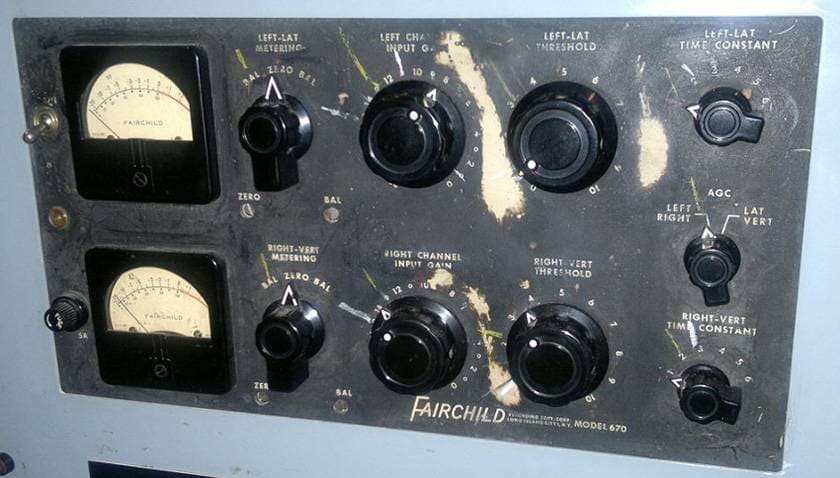
Fairchild Model 670 Compressor, CC BY 2.0 (Image Source: Wikipedia)
- Attack time: 0.2 to 0.8 ms
- Release time: 300 to 1000ms or more
- Ratio: 2 to 20:1 Automatic
The founder, Sherman Fairchild (1896-1971), was a brilliant inventor and businessman who founded more than 70 companies, including in the aircraft and semiconductor industries, starting with camera-related development. He passed on March 3, 1971, then just three months later, on June 28, 1971, Elon Musk was born and somehow did something similar.
1960~PWM pye 4060 (Philips)
This is a rare PWM type comp that was developed as a TV broadcasting console. At the time, it was a state-of-the-art comp that used germanium transistors instead of vacuum tubes. PWM (Pulse Width Modulation), as the name suggests, is a type that adjusts the volume by turning the input signal on and off at a high speed, controlling the amount of energy by the duty ratio.
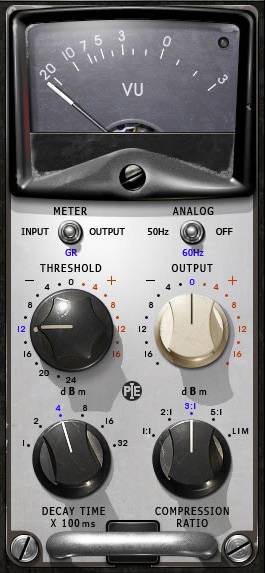
- Attack time: 0.5 ms
- Release time: 100 to 3200 ms
- Ratio: 1 to 5:1
1965-OPTO (optical) Teletronix LA-2A
This is an active comp that is still commonly seen today. As the name suggests, optical comps use a glowing lamp and are read by a photoresistor. It’s still useful today because of its slow response performance and unique smooth sound. Since a vacuum tube is also used inside, there is a saturation effect. The degree of saturation depends on the frequency, with the lower frequencies tending to compress the sound more, even at 3kHz, which is sensitive to the human ear. This characteristic is said to be suitable for vocals.

Teletronix LA-2A, CC BY 4.0 (From Wikipedia)
- Attack time: 10 ms fixed
- Release Time: 50% release in 60ms, then automatic gradual release
- Ratio: 3:1
1967~FET (Field Effect Transistor) Urei 1176
This is another active comp. There are many variants of this 1176 series. In this sense, it is the most famous analog compressor. This model is characterized by its fast attack speed due to the FET element. The 1176's attack range is narrow (0.02 to 0.8 ms), so I can’t say that it can be used for a wide range of applications, but it has become a standard because it can be used for percussion instruments that have a strong transience. It can also be said to excel at creating punchy sounds. However, there are many professionals who use the 1176 for all kinds of sources. Although there are limits to the range of what it can handle, it shows that it can be used as long as the user knows how to operate it. The threshold is adjusted by input level, the knobs have an opposite sense of direction, and the operation has its own quirks.

- Attack time: 0.02 to 0.8 ms
- Release time: 50 to 1100 ms
- Ratio: 4 to 20:1
1969 - Diode bridge NEVE2254
Rupert Neve, a well-known developer of audio equipment, said in an interview that he invented the diode bridge type as an alternative comp to the pye 4060 for TV stations. The diode bridge comp was created in a relatively short time. It is a compressor that also uses a transformer, which is its specialty, and produces a unique distortion.
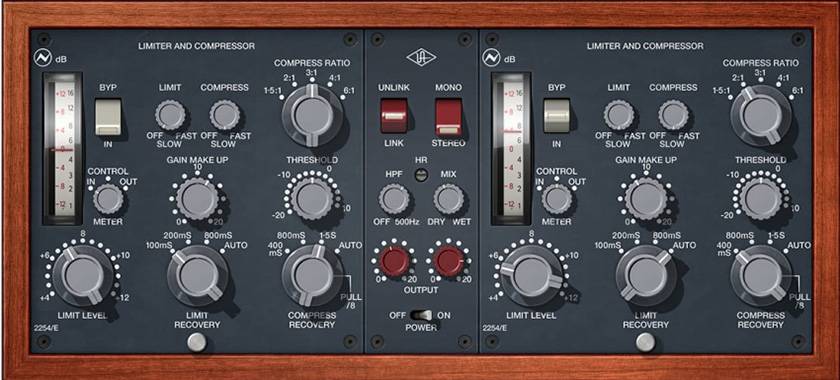
- Attack: 5 ms
- Release time: 400 to 1500 ms / auto
- Ratio: 1.5 to 6:1
1976-VCA (Voltage Controlled Amplifier) dbx160
This is a comp by dbx, a company famous for noise reduction, and was basically designed with the same concept as noise reduction. It is a feed-forward circuit that monitors the signal with RMS and uses a VCA, and is currently the mainstream comp method. Natural compression with minimal distortion can be achieved with this. Infinite ratios also became possible. The breakthrough technology is dbx's newly developed audio quality VCA circuit and feedforward. Attack and release times are automatically set according to the input level. The VCA type has a clear sound with little coloration and is often used as a bass comp, and is often found on high-end consoles. Since the VCA has been made into an IC, it can be made compactly and comes at an excellent price for how much it can do.
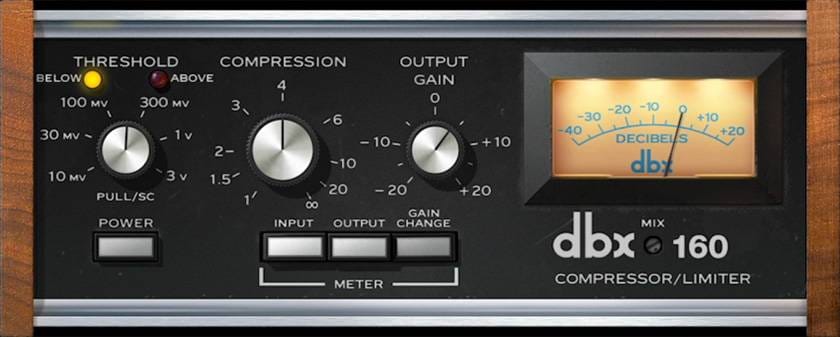
- Attack: Automatic (3 to 15 ms / auto)
- Release Time: Auto (8 to 400 ms or more)
- Ratio: 4 to infinite:1
Late 1980s - Digital Comps - Software-enabled
When digital mixers were introduced, simple comps were built in, but they were not a substitute for full-fledged comps. Later, as music production became digitalized, comps were inevitably converted to software.
The major difference from the analog comps mentioned above is that analog signals are converted into digital signals and then processed. Since the numerical data is processed through calculations, ideal compression can be achieved as per the numerical values, as long as the delay is not a concern. Functionally, comps that work according to logic are easy to handle and do not cause confusion, but there seems to be a strong preference for vintage comps among professionals and amateurs alike. In situations where extreme real-time performance is not required, digital comps (limiters) gradually came into use due to their convenience, and became a powerful weapon for mixing during the sound pressure wars of the 1990s.
1994- Waves L1 Ultramaximizer
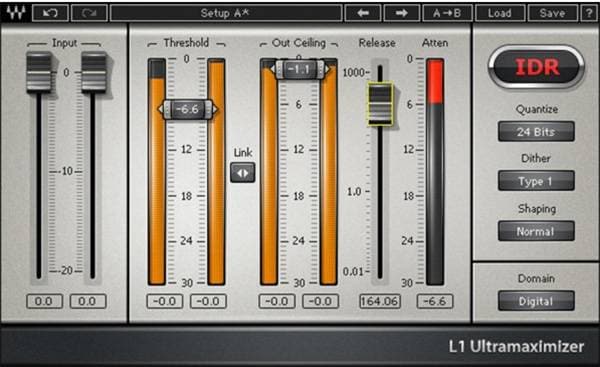
Generally speaking, the comp is said to be a difficult effect to handle, but recently waveforms have become more visual, and the threshold seems to have been lowered. However, since the main role is the sound, it’s not good to rely too much on visual information. Even if the waveforms are similar, they may differ greatly when heard by ear, and conversely, even if they sound the same, they may differ greatly when the waveforms are visible. Humans are insensitive with respect to volume level, but sensitive with respect to frequency. Based on these considerations, it is important to use visual information in a well-balanced manner.
2007- FabFilter Pro-C (latest version is Pro-C2)
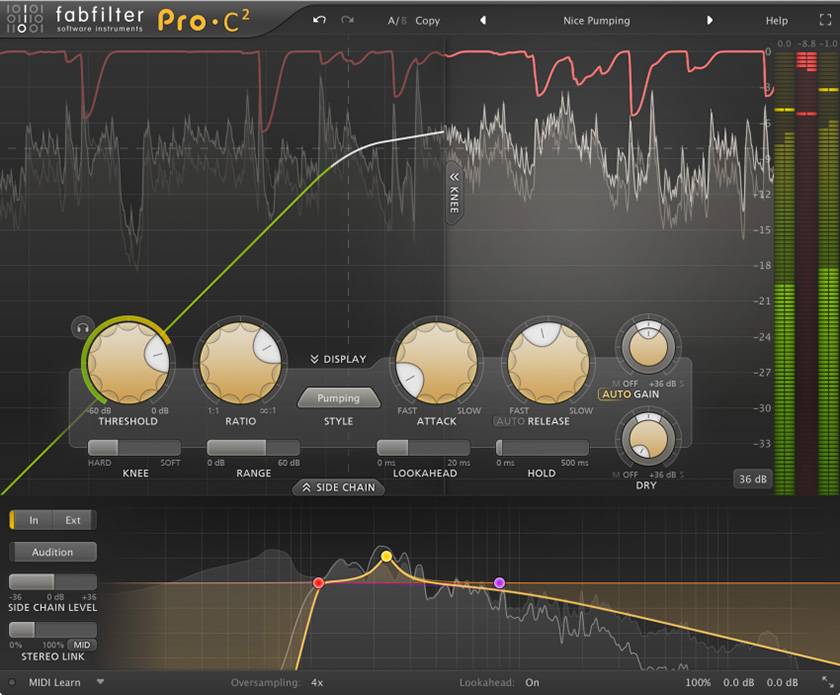
About analog comps in general
Analog equipment can be colored, for better or worse, but nowadays, analog-like coloration is becoming more and more popular. Distortion and overtones have been added, but digital equipment that is too clean seems to be not enough. Slight distortion and saturation are said to have a bonding effect and are essential to create a unified sound. This effect seems to be difficult to achieve with clean digital processing alone. In addition, analog comps rarely match the settings and results, so there is considerable variation depending on the input level and frequency, often resulting in unexpected behavior depending on the settings. Without understanding the quirks of each, it is impossible to deal with them properly. For this reason, I think it’s better to leave it up to the veteran engineers who really know their stuff. I have the impression that they dare to use those quirks because they want to.
The world of musical instruments and music is extremely conservative compared to other fields. In other fields, you rarely see equipment that is several decades old and looks like an antique being used still with a lot of reverence. Since we are constantly listening to the music of the past while creating something new, music culture itself seems to be like a feedback circuit. I would like to see other fields emulate the fact that people not only cherish old things but actually use them, but on the other hand, there is also an aspect that makes it difficult to accept new things. There is a tendency for old standards to be revered and widely used, not only because they are of good quality, but also because they are safe. This is probably because it is difficult to evaluate sound. And, if a lot of people are using it, you can be sure of that. It is really difficult to compare and judge which is better. What we can say for sure is that the standard of what is considered to be “good” will always fluctuate among the times and individuals.
In the next issue, I would like to explain the basic operation of the comp.
The “sound & person” column is made up of contributions from you.
For details about contributing, click here.





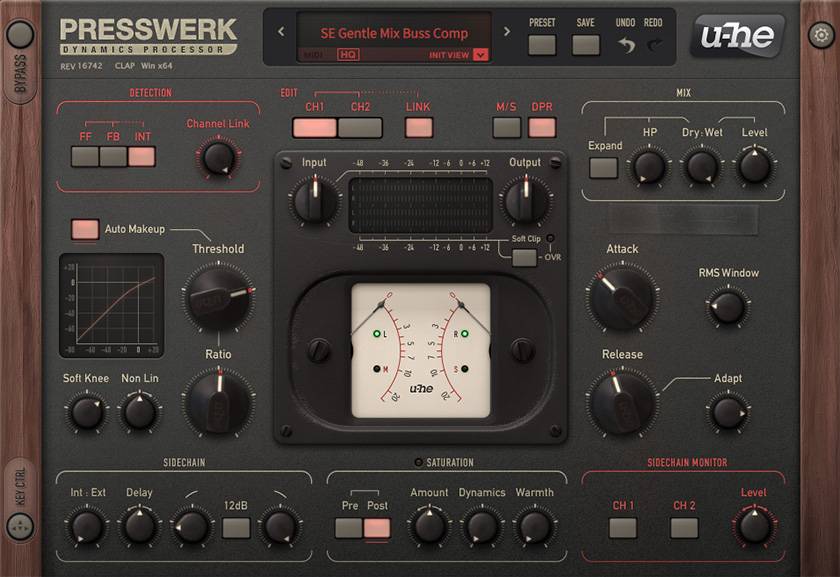

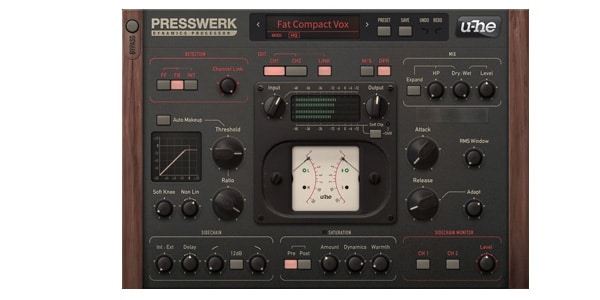





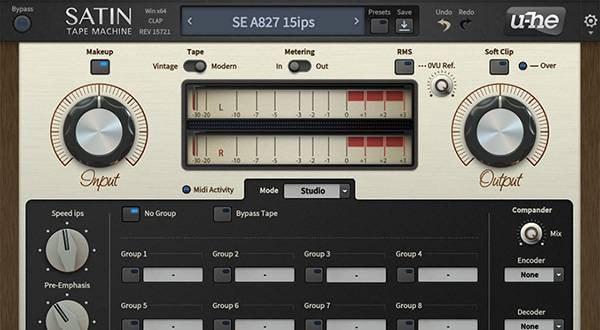
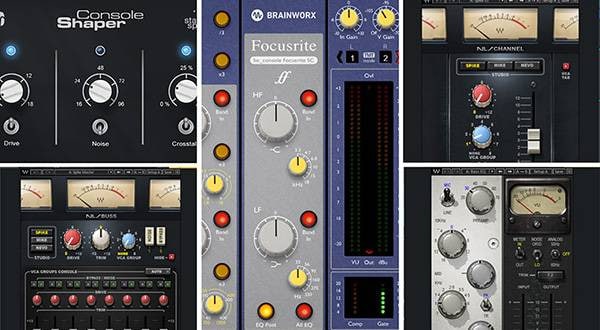
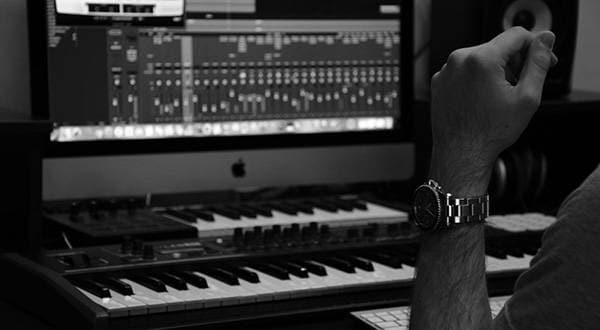
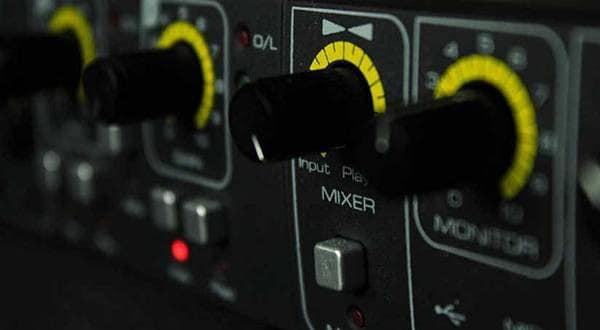
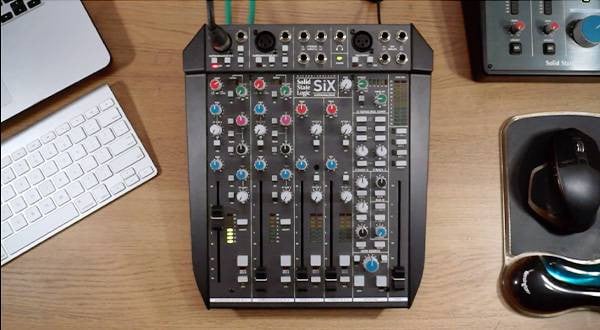
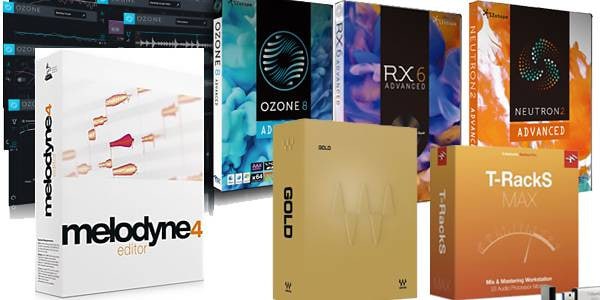
 iZotope特集
iZotope特集
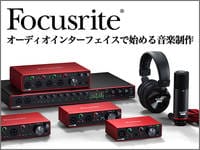 Focusriteオーディオインターフェイスで始める音楽制作
Focusriteオーディオインターフェイスで始める音楽制作
 WAVES バンドル・アドバイザー
WAVES バンドル・アドバイザー
 UR-RT4 ソフト音源やループ素材をリアンプ
UR-RT4 ソフト音源やループ素材をリアンプ
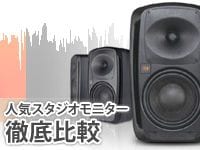 人気スタジオモニター徹底比較
人気スタジオモニター徹底比較
 DTM・DAW購入ガイド
DTM・DAW購入ガイド















